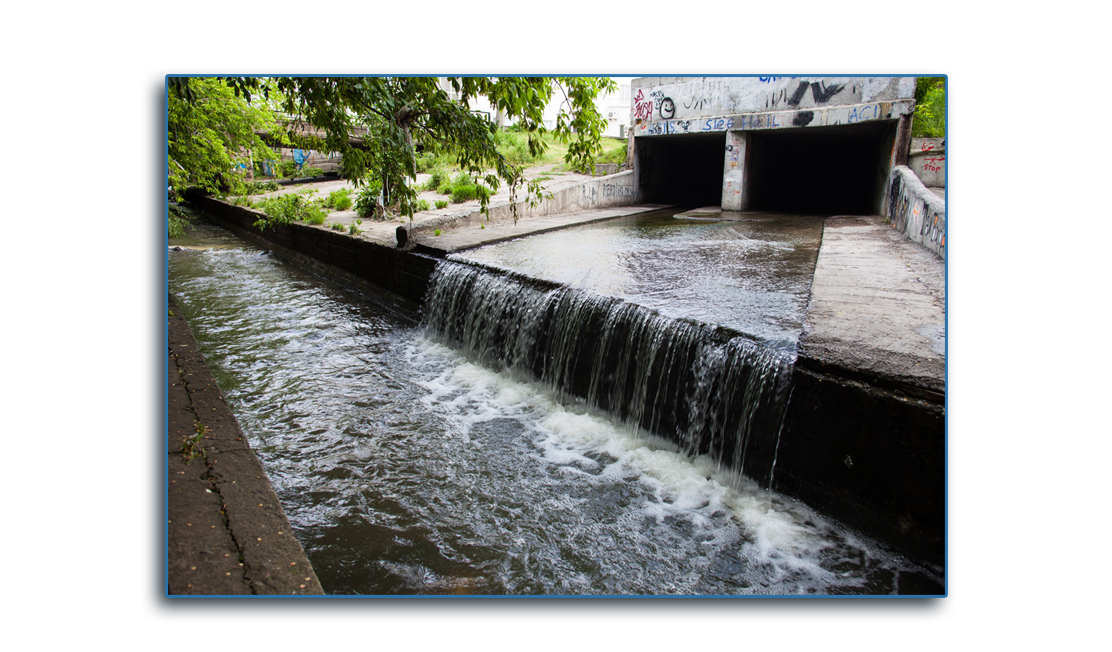The Stormwater Management Model (SWMM) models surface runoff, accumulation and discharge in open and closed channels, which can be full or partially full. In addition to flow, pollutant concentrations are also modeled. SWMM analyzes both stormwater and sanitary systems. The model relies on the latest EPA SWMM 5.0 engine.
As EPA states, analytical outputs include “the quantity and quality of runoff . . . the flow rate, flow depth, and quality of water in each pipe and channel during a simulation period.”
SWMM users can import to (and export from) EPANET, AutoCad, GIS Shapefiles, Google Earth files, and Microsoft Excel files. Also, SWMM supports several devices including pumps, orifices, and multiple types of outfalls and storage nodes. Click this link to see more, including a description of the supported devices and a list of model features: SWMM Overview.
Click here for our model comparisons and limitations page.

The following are links to features used when creating SWMM models. These tools enhance the basic steady-state analysis offered by the SWMM software.

The following are links to additional tools used to display both map backgrounds and analytical results.
- Contouring and Emphasis.
- Animated Pipe Profiling.
- Display CAD, GIS, and Graphical Images As Backgrounds.
- Printing, Creating Image Files and PDFs.

SWMM is available within a Standard or Premium Package. The Premium Package allows for import/export to-and-from the Google Earth and AutoCad modeling environments. See the link below for a full list of features by package type.




